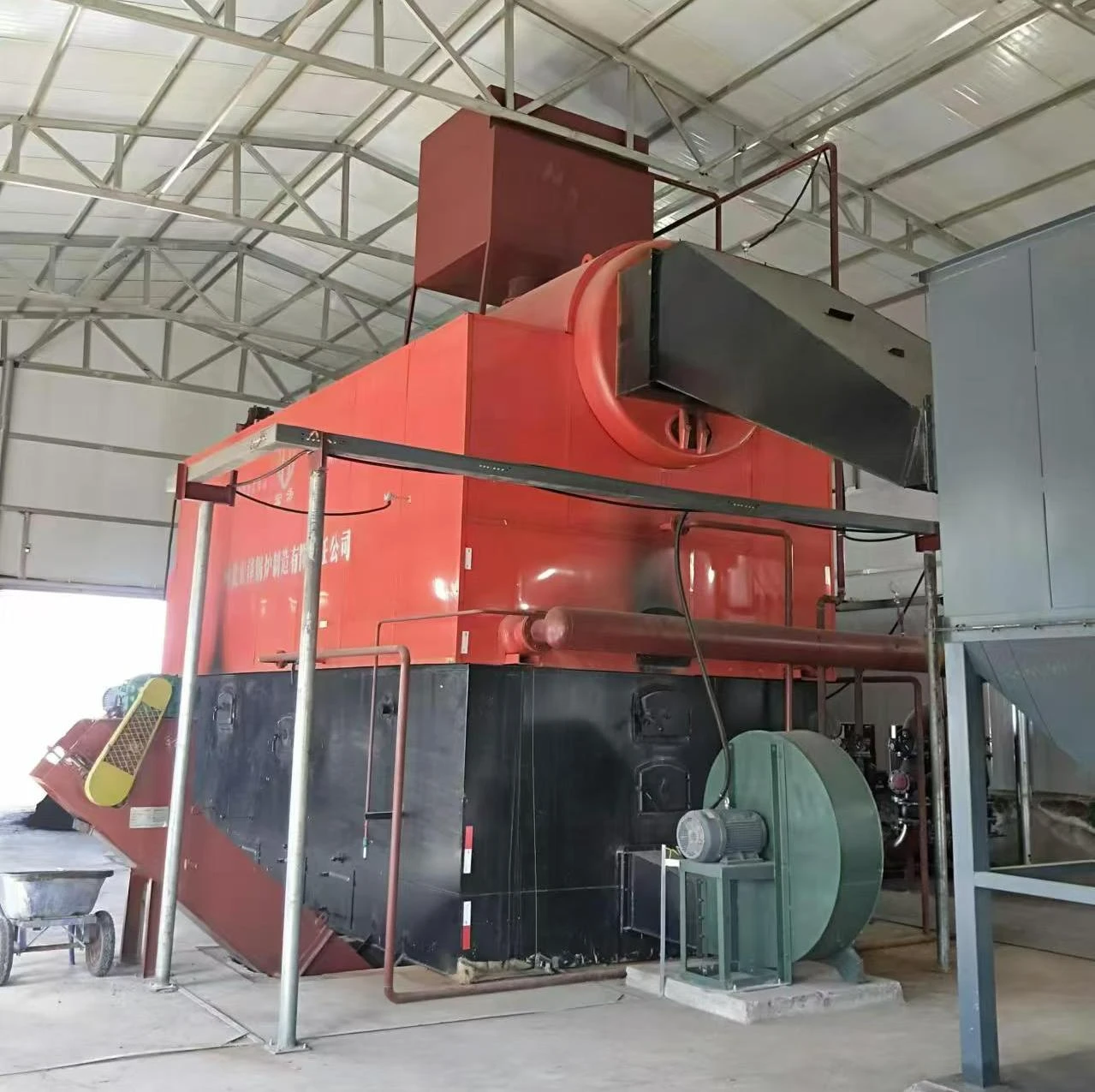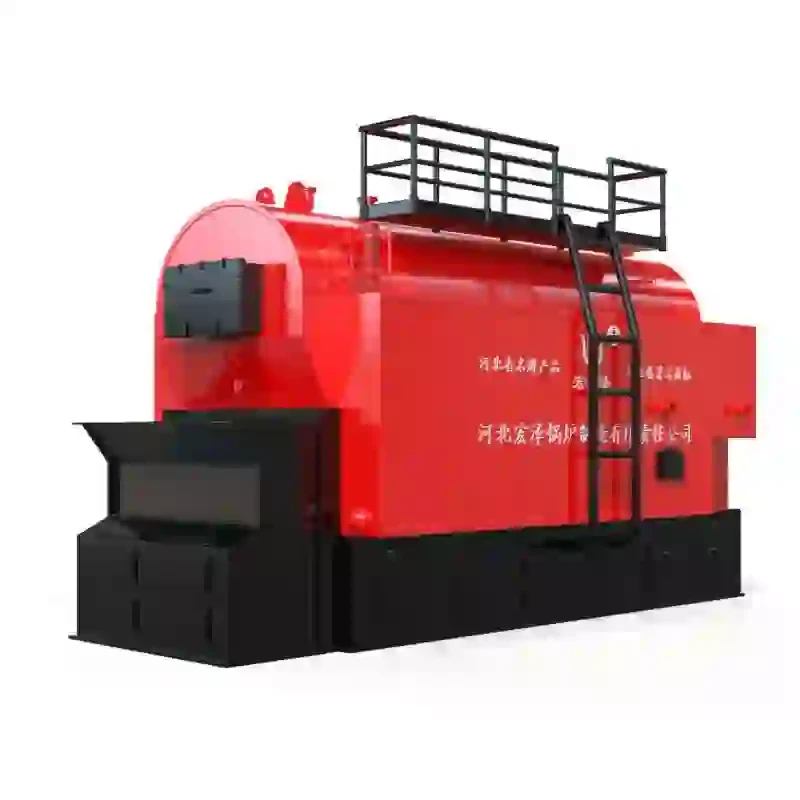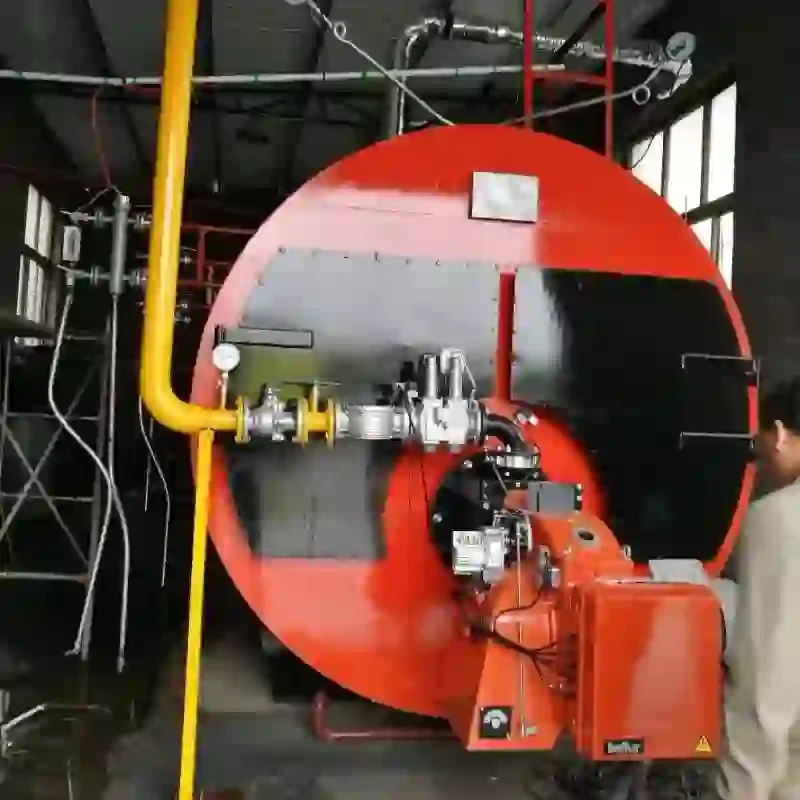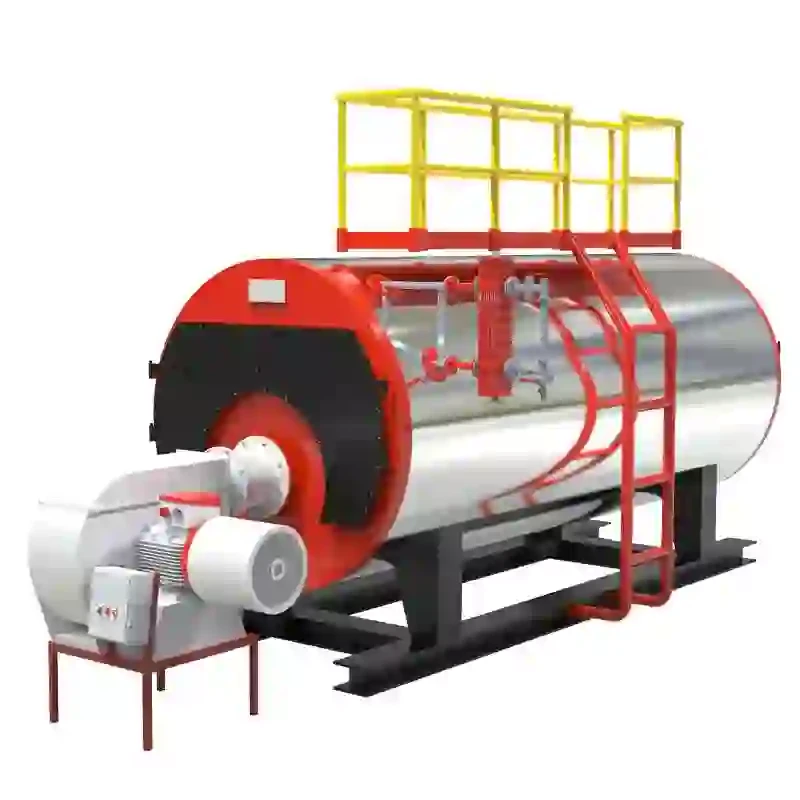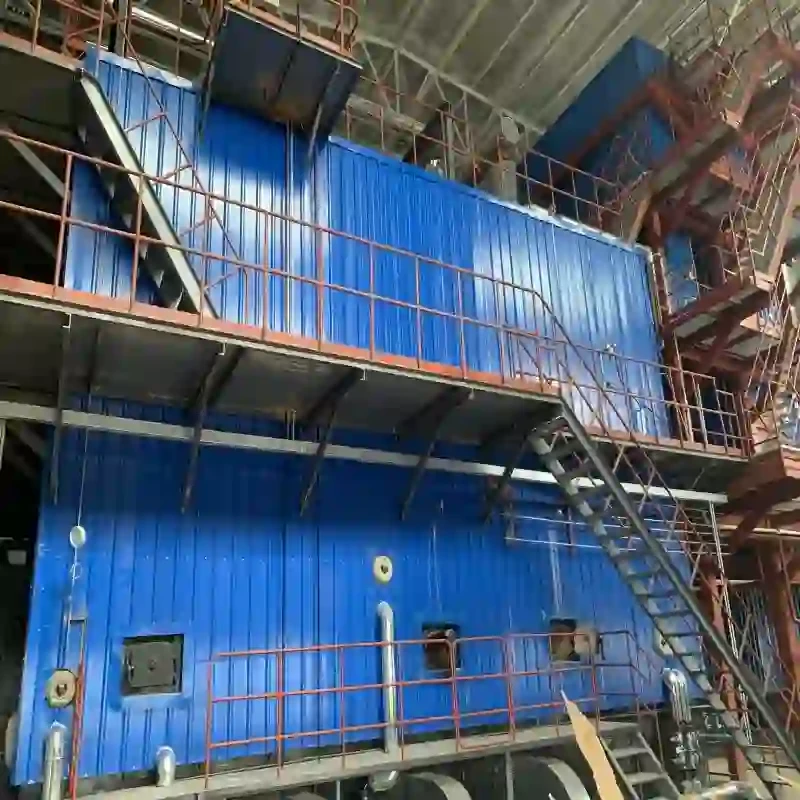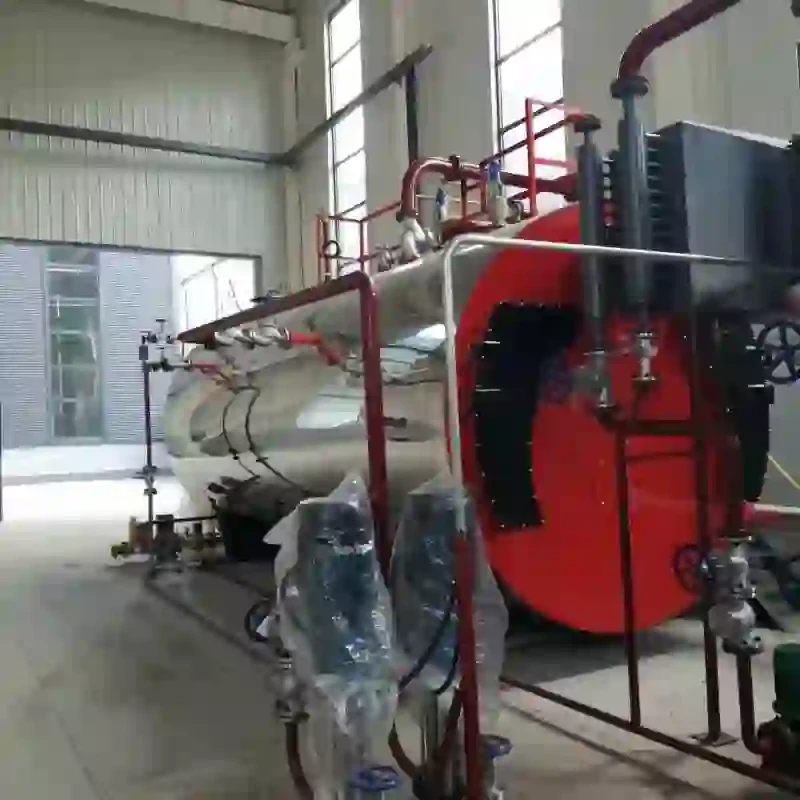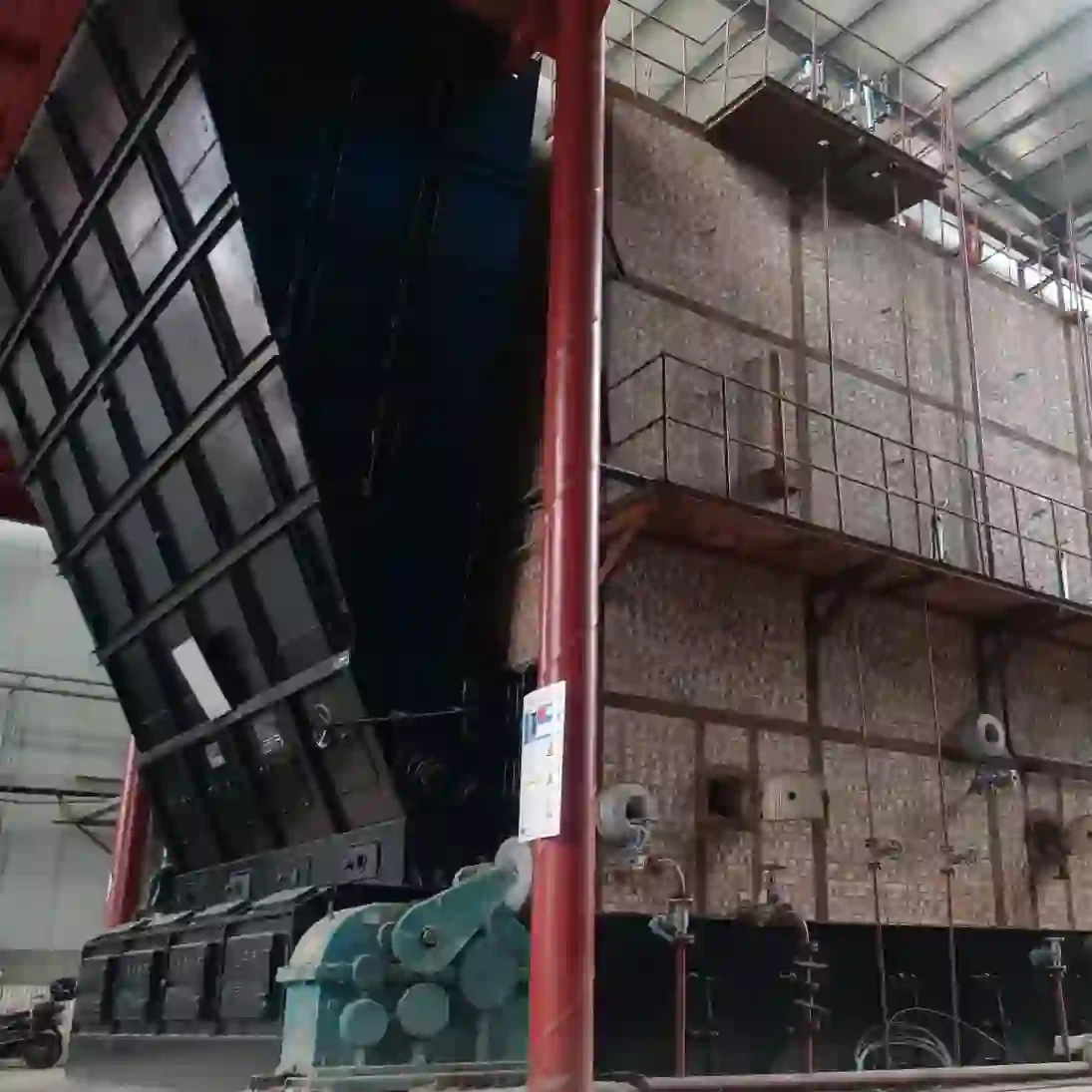
Oct . 01, 2025 13:00 Back to list
Biomass Fired Thermal Oil Boiler: High Efficiency, Low NOx?
Biomass Fired Thermal Oil Boiler: Practical Notes from the Shop Floor
If you’ve been watching heat-process industries lately, you’ve noticed the swing to low-pressure, high-temperature heat. That’s exactly where the biomass fired thermal oil boiler shines. It delivers 300+ °C heat without the headaches of high-pressure steam. And yes, it’s biomass. Although, to be honest, many models (including this one) support a start-up gas burner and even co-firing when fuel quality dips—real-world plants don’t live in a brochure.
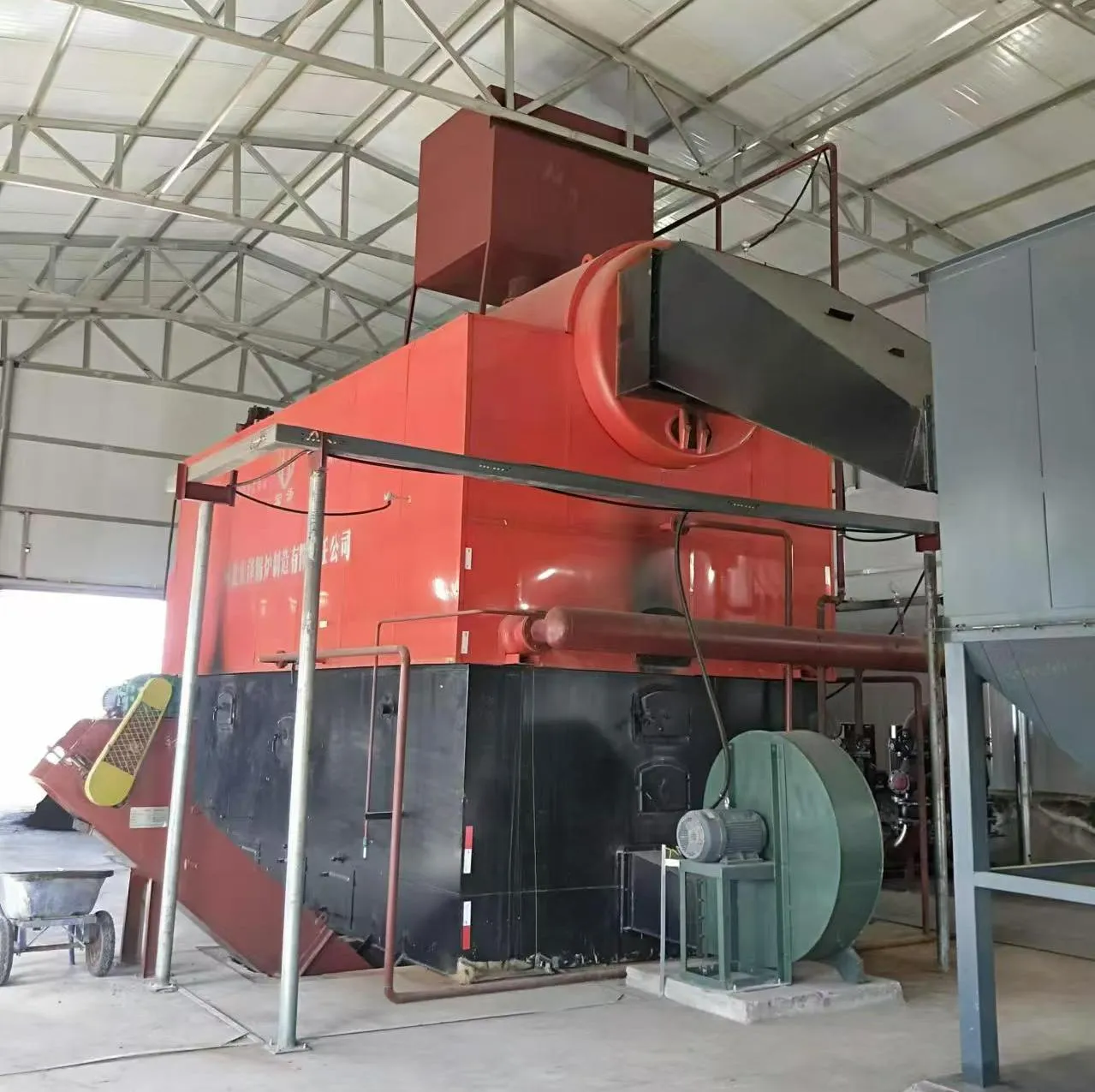
Industry trend: heat without steam drama
Textiles, chemicals, asphalt, food, even wood dryers—these sectors want steady 250–320 °C heat with tight control. Thermal oil (organic heat transfer fluid) gives quick start-ups, less blowdown, and fewer water-treatment surprises. Many customers say they switched simply to cut permits and downtime.
Technical snapshot and specs (real-world, not lab)
| Product | Biomass fired thermal Oil Boiler |
| Thermal Power | 30–1400 (10⁴ Kcal/h) ≈ 0.35–16.3 MW |
| Working Pressure | 0.8–1.0 MPa (liquid phase) |
| Outlet Temperature | up to 320 °C |
| Fuel Options | Biomass (wood chips, pellets, agri-residues); co-firing options: lignite/bituminous/anthracite/gangue (site-dependent) |
| Thermal Efficiency | ≈ 85–90% (with proper O2 trim and economizer; real-world use may vary) |
| Origin | No.2 Suheng North Street, Raoyang County, Hengshui City |
How it actually works (process flow)
- Fuel handling: biomass fed by screw/reciprocating grate; optional gas-start burner for reliable ignition.
- Combustion: staged air and turbulators raise residence time; ash falls to wet/dry remover.
- Heat transfer: thermal oil coils absorb radiant + convective heat; expansion tank handles dilatation.
- Circulation: high-temp pump forces liquid-phase loop to heat users (reactors, dryers, calenders).
- Controls: PLC with O2 trim, VFD fans; interlocks per DIN 4754 and NFPA 87-style logic.
- Testing: hydrostatic at ≥1.5× design pressure, NDT on seam welds (UT/RT), oil cleanliness and acid number baseline.

Where it’s used
Textile dyeing/finishing, wood press lines, bitumen tanks, chemical reactors, edible oil deodorization, greenhouse heating loops. One asphalt plant manager told me, “We stopped chasing steam leaks. Heat just stays there.”
Advantages that matter onsite
- Low pressure, high temperature: less regulatory friction than high-pressure steam in many regions.
- Fuel flexibility: biomass fired thermal oil boiler can run on local residues; co-firing helps during monsoon seasons.
- Stable control: ±1–2 °C band at the user when tuned.
- Service life: ≈ 15–20 years with proper oil management (oxidation kept in check).
Vendor landscape (quick comparison)
| Vendor | Power Range | Certifications | Lead Time | Notes |
|---|---|---|---|---|
| HZ (Hengshui) | ≈0.35–16 MW | ISO 9001, CE (module D), furnace per DIN 4754 | 6–10 weeks | Strong on biomass + co-firing, pragmatic commissioning |
| Vendor B (EU) | ≈1–10 MW | CE, EN 303-5, ISO 14001 | 10–16 weeks | Excellent filtration/skid packaging |
| Vendor C (Regional) | ≈0.7–8 MW | ISO 9001 | 8–12 weeks | Budget-friendly, fewer emission options |
Customization and QA
- Grate options: fixed/reciprocating; fuel moisture up to around 45% with drying air.
- Oil circuit: duplex filters, nitrogen blanketing, offline kidney-loop for TAN control.
- Emissions: multicyclone + bag filter; NOx trimmed via staged air (often
- Standards: designed to DIN 4754, NFPA 87 principles, pressure parts to ASME BPVC VIII/GB as applicable; CE marking on request.
Field notes (two quick cases)
Textile, 6 MW: Replaced two steam boilers. Energy bill down ≈12%, dyeing temp stability improved; weekly feedback said “fewer alarms, faster color changeovers.”
Asphalt, 2 MW: biomass fired thermal oil boiler with baghouse hit dust < 20 mg/Nm³; tank temps held 160–170 °C even during night shift load dips.
What to check before buying
- Fuel reality: seasonal moisture and ash. Ask for grate and air system sizing with margin.
- Oil management plan: baseline TAN/viscosity; sample every 3–6 months (ASTM methods).
- Safety loop: expansion tank sizing, low-flow and high-film-temp trips per DIN 4754/NFPA 87.
References
- DIN 4754-1: Heat transfer installations using organic heat transfer media.
- NFPA 87: Standard for Fluid Heaters.
- ASME Boiler and Pressure Vessel Code, Section VIII (pressure vessels).
- EN 303-5: Heating boilers – Solid fuels.
- EU Directive 2015/2193 on Medium Combustion Plants (MCP).
- ASTM D6743: Oxidation stability of heat transfer fluids.
-
Comprehensive Guide to Steam Boiler Installation Diagram – Global Best Practices and Future Trends
NewsNov.24,2025
-
A Practical Guide to the Selection of Steam Boiler for Industrial Efficiency
NewsNov.23,2025
-
Comprehensive Guide to Steam Boiler PDF Manuals and Their Global Impact
NewsNov.22,2025
-
Discover How Steam Boiler Videos Improve Industrial Training & Safety
NewsNov.22,2025
-
Comprehensive Guide to Wood Fired Steam Boiler Design – Efficiency, Applications, and Innovations
NewsNov.21,2025
-
Comprehensive Guide to Steam Boiler Working – Efficiency & Applications
NewsNov.20,2025
Related PRODUCTS






